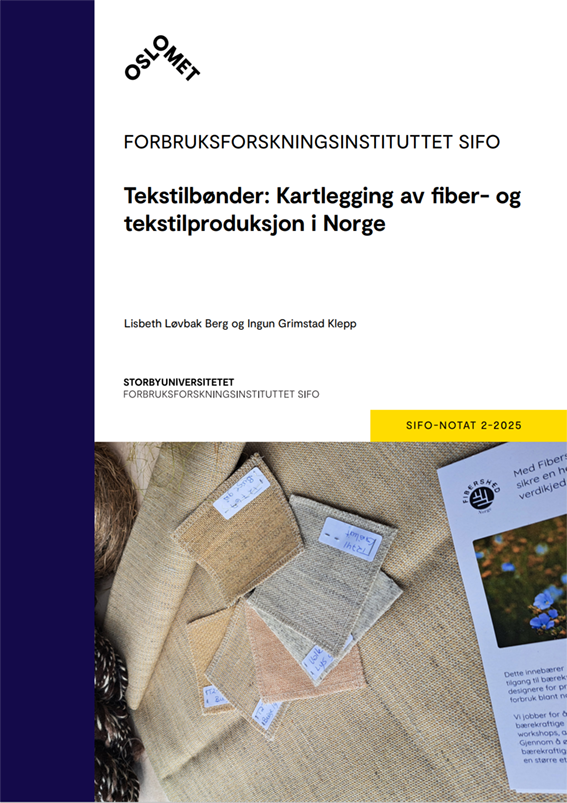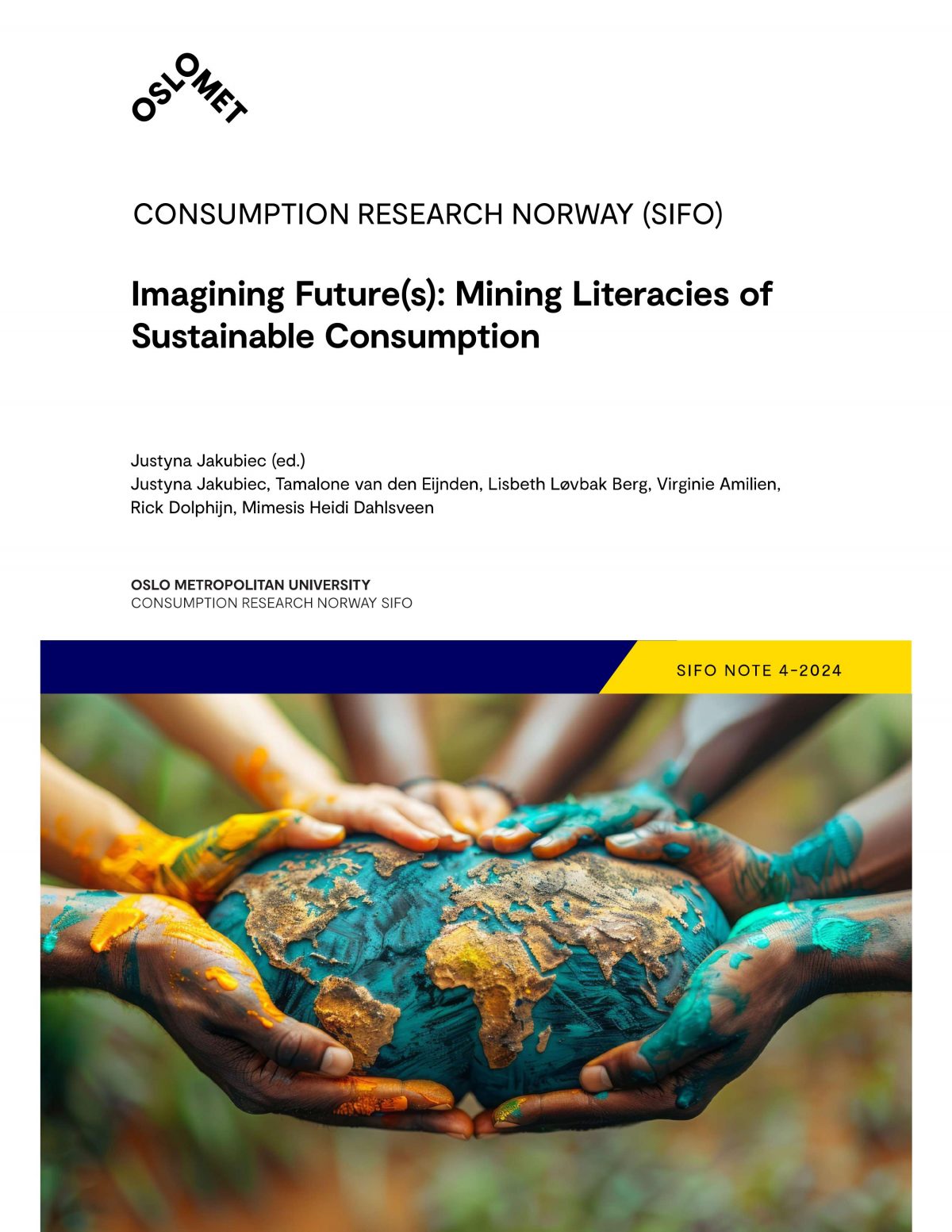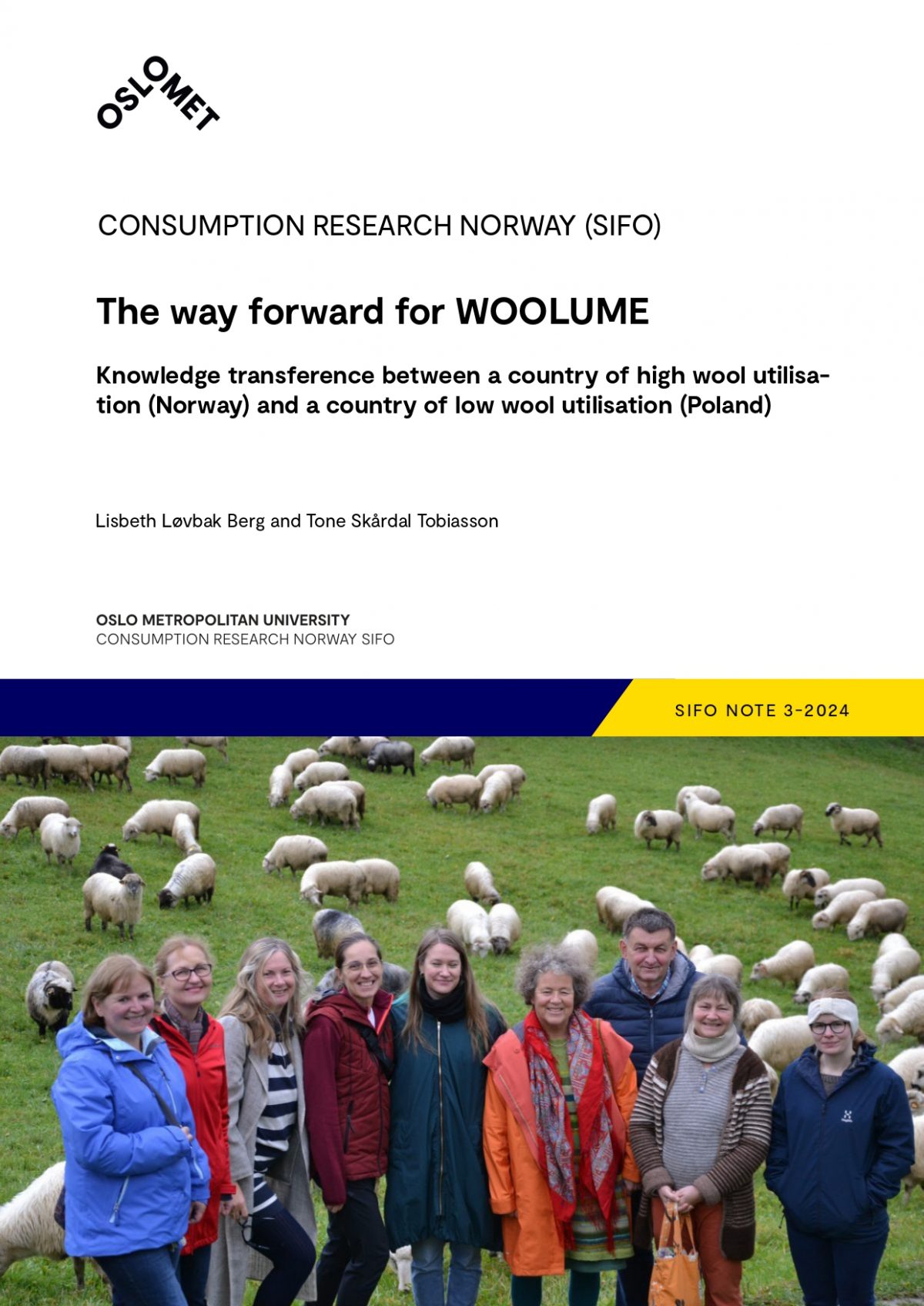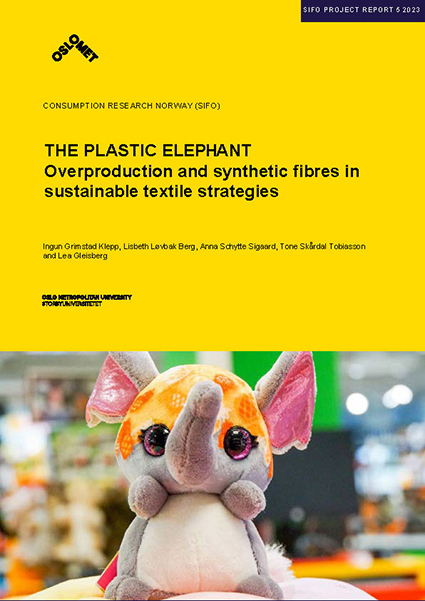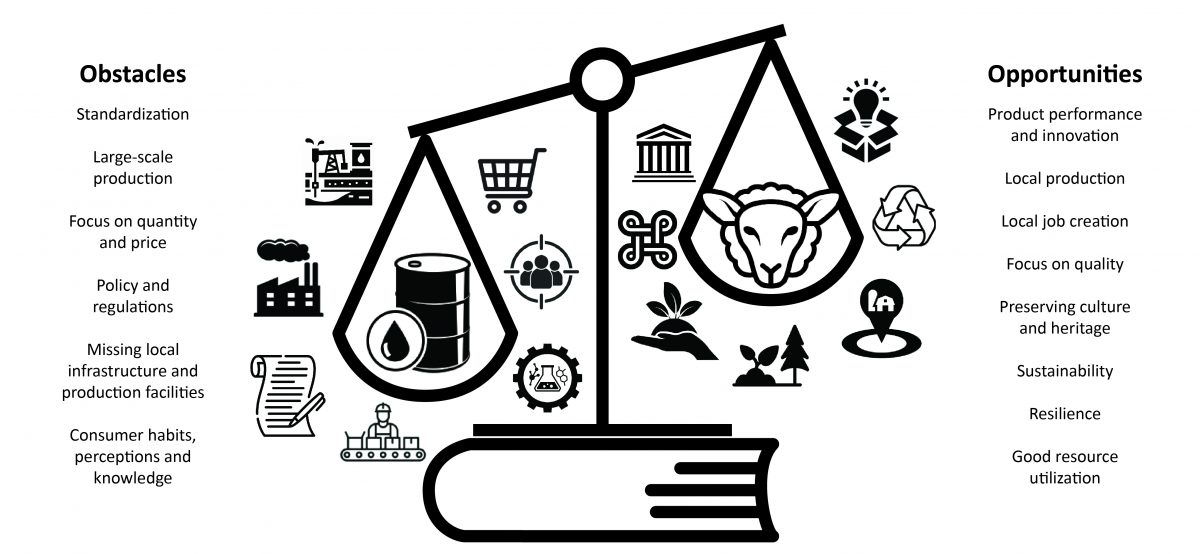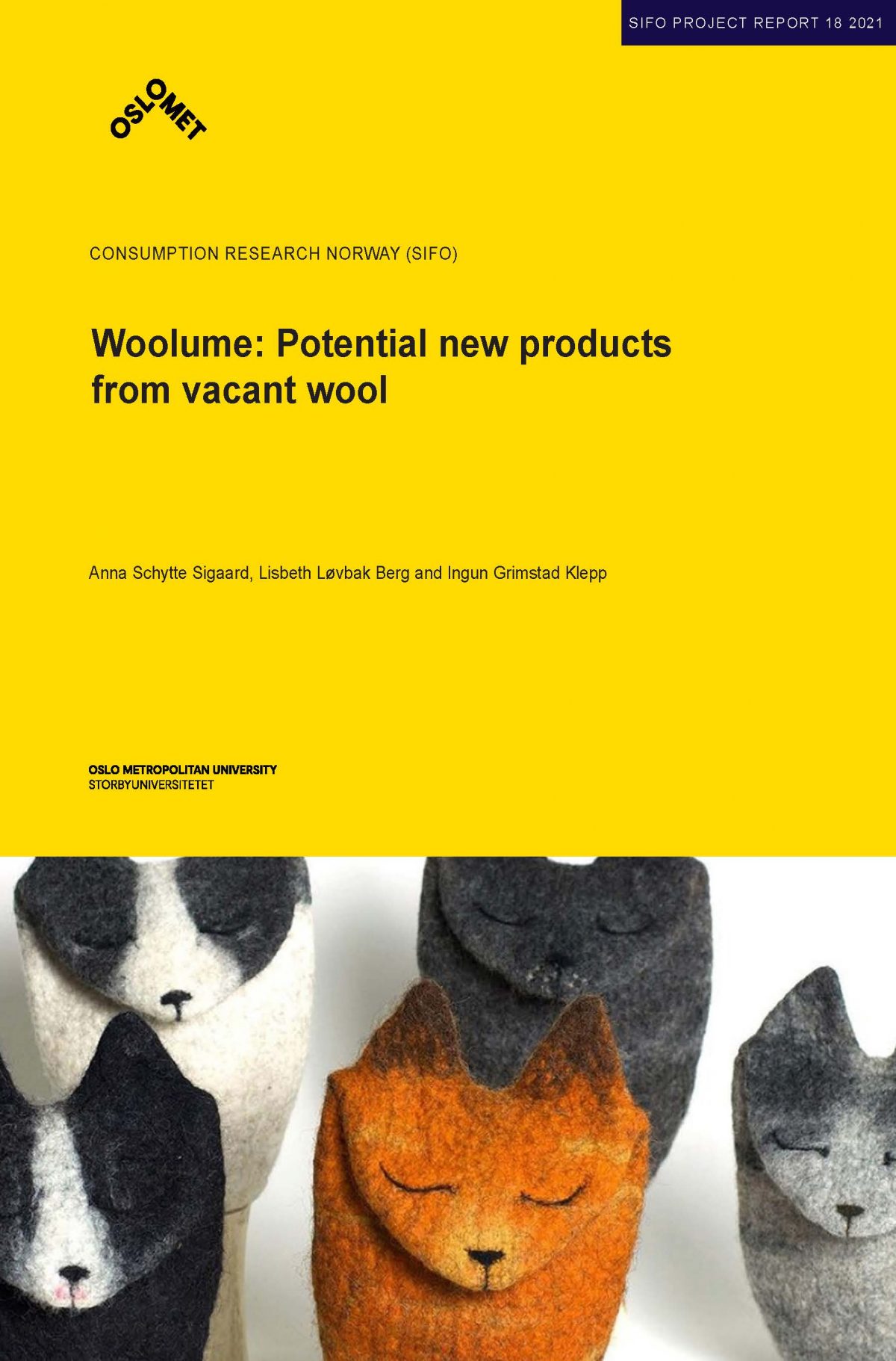Textile Farmers: Mapping of Fibre and Textile Production in Norway
Summary
In this note, we present the results of a survey conducted in the project Textile Farmers and Fashion Agriculture: New momentum for local utilisation of all agricultural resources, led by Fibershed Norway. Based on responses from 124 small and 8 larger entities, we see that the grassroots in the Norwegian textile value chain are diverse, with a majority of the respondents being knitters/weavers and/or producers of animal fibres from both sheep and other fibre animals. Respondents from all parts of the textile value chain are represented, including some cultivators of fibre plants. Sales and framework conditions are the biggest bottlenecks. The responses bear the hallmarks of multitasking and a great willingness to cooperate in a value chain characterised by poor profitability and little political support.
